Hospitals are always looking for ways to improve the patient experience. One way to do this is through a survey program created by the Hospital Consumer Assessment of Healthcare Providers and Systems (HCAHPS). HCAHPS surveys monitor hospital standards across the U.S. and provide consumers with critical data that can help them decide which hospital will best meet their needs.
The scores of each hospital are regularly collected throughout the month so that the hospital’s star rating can be updated regularly on the Hospital Compare website. This means the number of stars your hospital has can change throughout the year, depending upon your HCAHPS scores.
If you work hard on identifying the areas of care where you can improve, there are four opportunities each year to raise your star rating. Here’s how you can proactively take steps to improve your rating and boost the quality of care at your hospital.
Identify your areas of weakness
The first step is to check your results on the Hospital Compare website. After locating your hospital, click on View rating details beneath the star rating. The following page lists the seven areas of patient focus. These include safety of care, effectiveness of care, patient experience, timeliness of care, readmission, efficient use of medical imaging, and mortality.
To find opportunities for improvement, start by looking at any areas that are marked as “below the national average” or the “same as the national average.” These are areas of focus where your hospital needs the most work to improve.
Anything below the national average should be marked as a priority. Anything the same as national average means it’s adequate, but could still bring your aggregated score down, so it’s something to be aware of, but you can place it further down your list of priorities.
Are any of your low-performing areas among the first four categories (mortality, safety of care, readmission, and patient experience)? If they are, highlight them as priorities. These four categories are weighted most heavily when the HCAHPS data is aggregated into your star rating.
According to Deloitte, hospitals ranked the highest perform well in these four important categories. So if your overall star rating is low, it’s likely because patients perceive your hospital as underperforming in at least one of these four areas.
Although it’s important to address the four biggest categories to improve your score, don’t neglect anything rated in the three remaining categories as “below average” or “average.” While these do carry less weight, the top-rated hospitals still perform well in a mix of all seven metrics.
Refer back to your HCAHPS surveys
Next, refer back to the original source of this data — your HCAHPS surveys. Look through the 10 topics of HCAHPS in your previous and current HCAHPS surveys to see how outpatients responded to questions about things such as nurse and doctor communication, cleanliness of the environment, and other areas the survey asked about.
Highlight any low scores and add these areas of concern to your list. They will probably correlate directly to areas of concern you already flagged using your results in the Hospital Compare review.
These HCAHPS surveys specifically ask patients whether nurses and doctors treated them with respect and empathy, and communicated with them effectively. They also ask about the cleanliness and peacefulness of the hospital environment as well as how their discharge was handled. This information can filter directly into an action plan for improving your future HCAHPS scores and your overall star rating on Hospital Compare.
Create new patient questionnaires to gather more information that will help shape your action plan. These surveys can be customized to address specific issues you’ve identified — such as outpatients feeling like the doctor didn’t explain how to take their medication properly at home.
According to Patient Engagement Hit, hospitals should create their own surveys to improve the patient experience, which feeds into your HCAHPS score. Hospitals are even asking patients for feedback on things like room design to facilitate a more comfortable experience. The hospital environment, after all, is a quality standard that’s assessed in your HCAHPS score.
Draw up an action plan
Now that you’ve identified the areas where you should focus your efforts, the next step is to draw up a plan of action. The following practical solutions address HCAHPS score criteria with the aim of improving your hospital’s scores:
- Ensure all staff understand that clear communication is integral to a positive hospital experience.
- Encourage doctors and nurses to hone their interpersonal skills by working directly with their patients.
- Provide resources to help your clinicians improve their empathy skills.
- Offer seminars for staff that address important communications issues — such as being sensitive to cultural differences — and other ways of enhancing patient-provider communication.
- Follow American Hospital Association advice on developing rules regarding specific times for quiet hours.
- Boost attentiveness scores by encouraging clinicians (particularly nurses) to respond quickly to patients who have pressed their call buttons and to regularly check in on their patients to demonstrate that they are concerned about patients’ well-being.
- Create a clear hospital discharge plan to ensure you meet patients’ expectations.
- Ask patients if a caregiver can help them at home following discharge.
You can also refer to patient advocacy groups, such as Planetree, for inspiration on patient-preferred practices, including a hospital discharge plan or training and person-centered care certification for providers and staff.
If you embrace the practical solutions above — and customize your action plan according to critiques in your hospital’s in-house surveys — you’ll enhance the reputation of your hospital and improve your HCAHPS scores as well as your Hospital Compare star ratings.

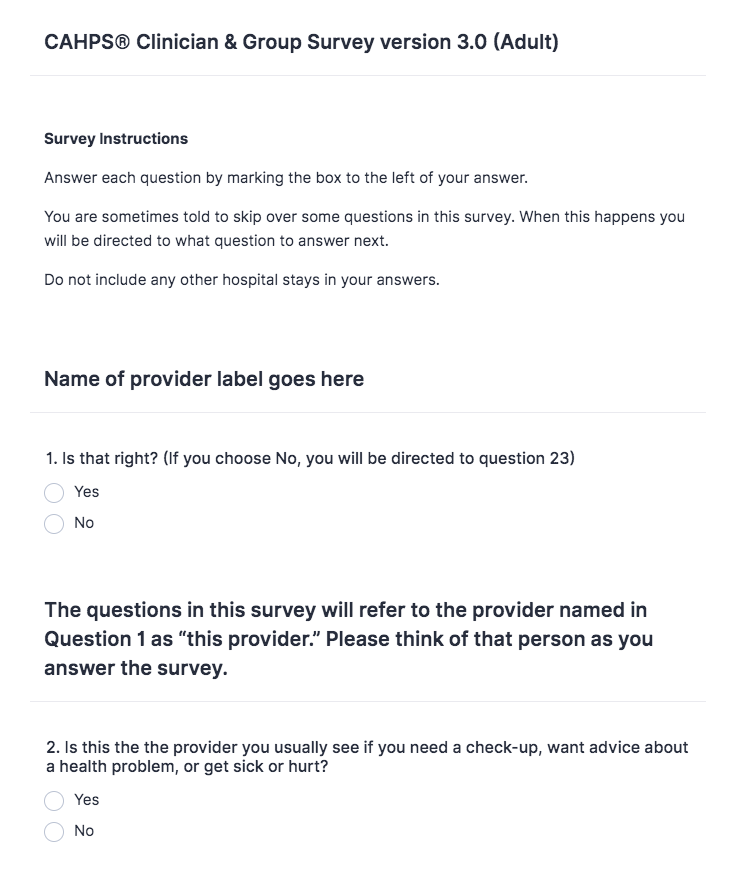





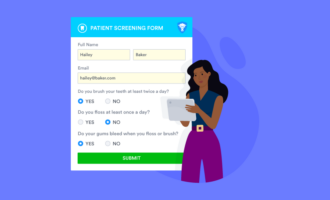


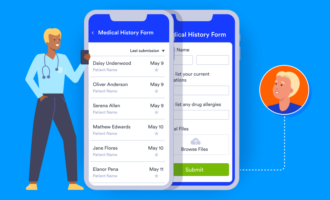








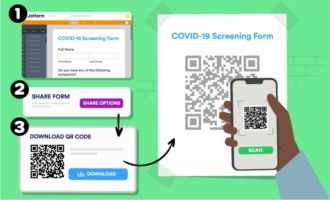



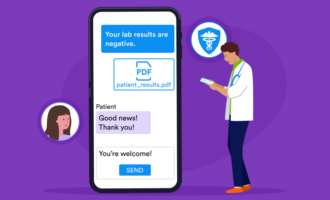

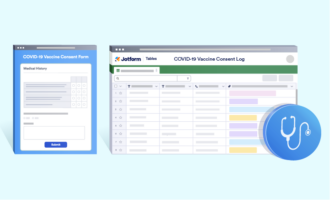


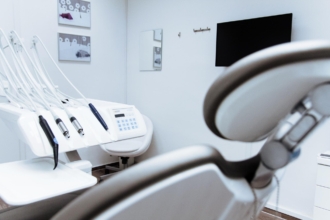






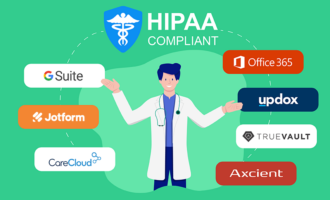










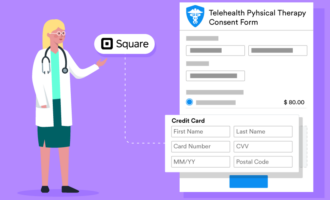










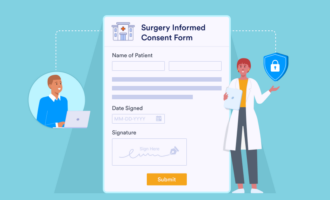













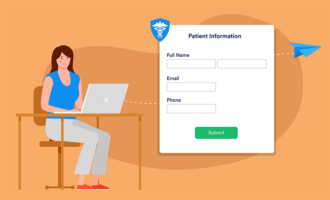








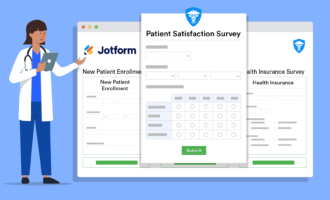
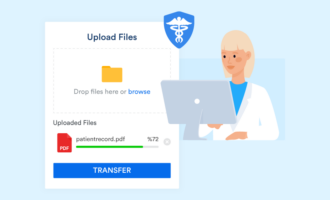

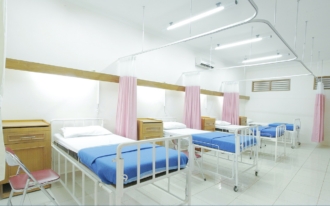















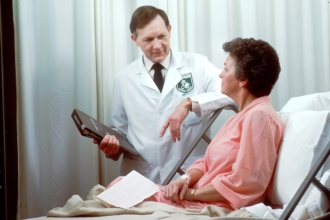



Send Comment: